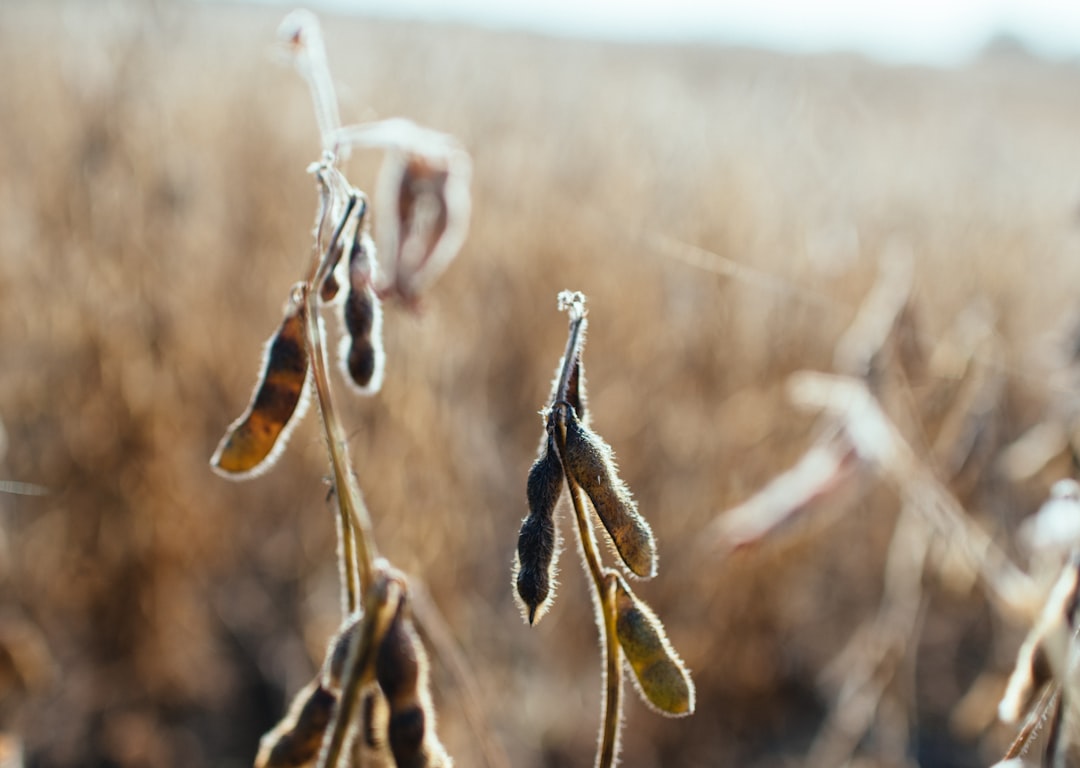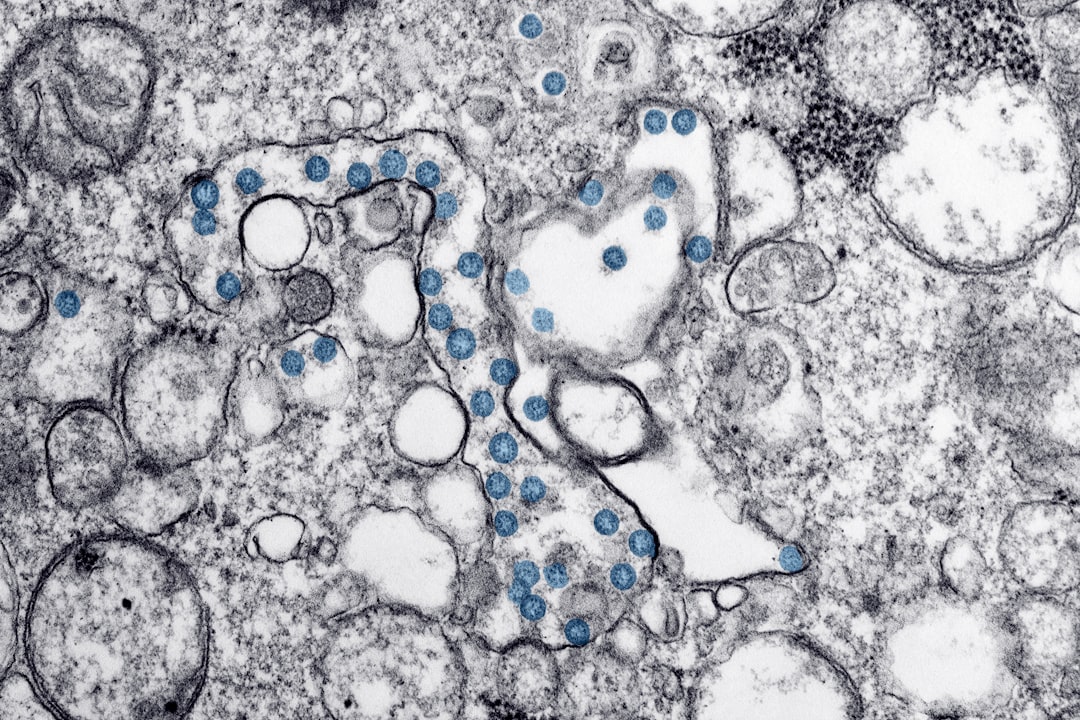What is it about?
Rainfall controls fire in tropical savanna ecosystems through impacting both the amount and flammability of plant biomass, and consequently, predicted changes in tropical precipitation over the next century are likely to have contrasting effects on the fire regimes of wet and dry savannas. We reconstructed the long-term dynamics of biomass burning in equatorial East Africa, using fossil charcoal particles from two well-dated lake-sediment records in western Uganda and central Kenya.
Featured Image
Why is it important?
Reconstructed millennial variability in biomass burning from the paleorecord show a strong dependence of East African fire regimes on both climatic moisture balance and vegetation, and the extent to which this dependence is now being overridden by anthropogenic activity.
Perspectives
Future paleofire studies in equatorial Africa, one of the most under-investigated regions in the world, will be key to understand past dynamic of biomass burning across space and time, together with their relative drivers (http://www.gpwg.paleofire.org/).
Dr Daniele Colombaroli
Berner Fachhochschule
Read the Original
This page is a summary of: Contrasting long-term records of biomass burning in wet and dry savannas of equatorial East Africa, Global Change Biology, April 2014, Wiley,
DOI: 10.1111/gcb.12583.
You can read the full text:
Contributors
The following have contributed to this page










